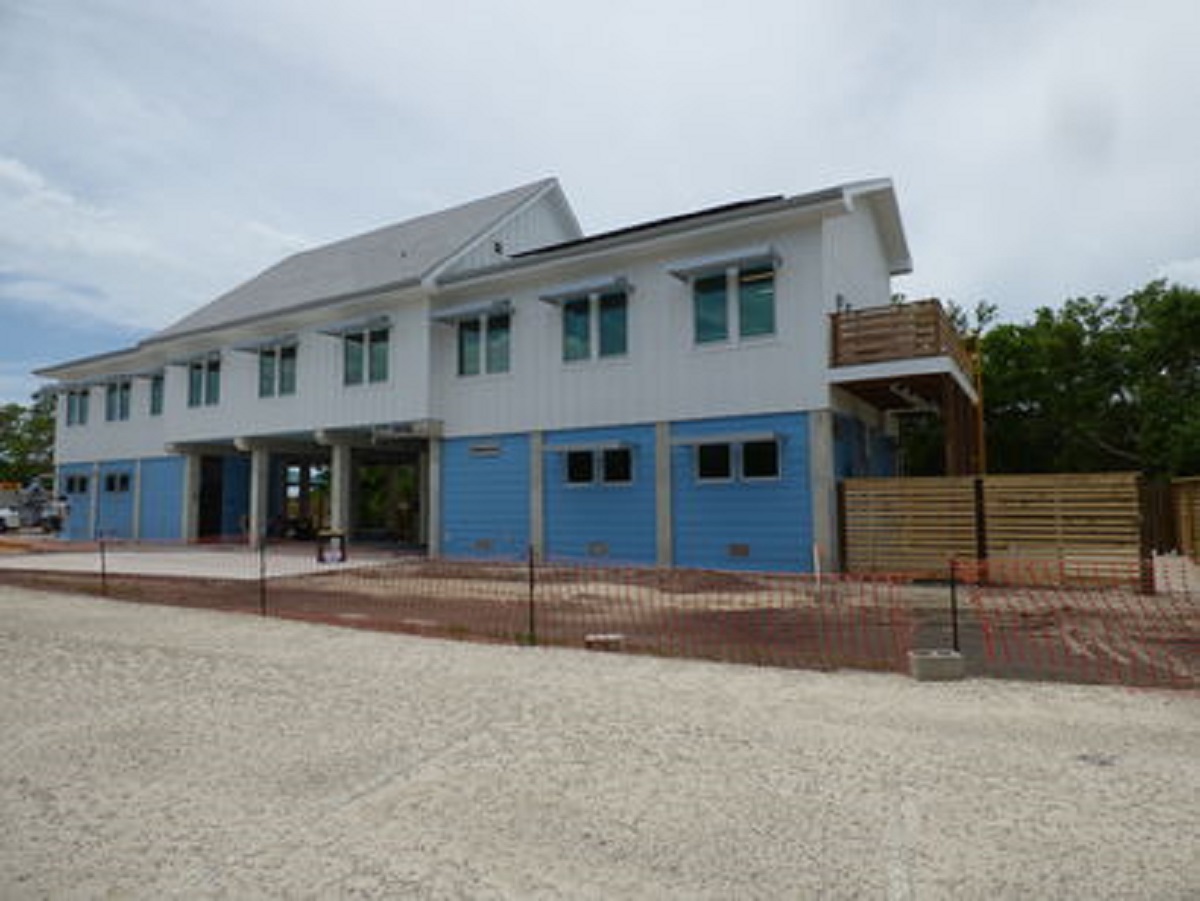
After more than two years of anticipation, our friends at the Sanibel-Captiva Conservation Foundation were excited to recently move into their new marine laboratory.
Built on the bayside of Tarpon Bay Road near Tarpon Bay Explorers, the $1.6 million facility measures 2,800 square feet.
Marine Laboratory Director Eric Milbrandt explained that the new facility will enable SCCF to be more efficient and quicker at what it does, as well as expand its capabilities. The non-profit’s focus is conserving coastal habitats and aquatic resources on the islands and in the surrounding watershed.
“With water quality and the depredation of the habitats around the islands as it is now,” he said. “The new SCCF Marine Lab will provide greater research capacity to investigate water quality and conditions of seagrass, oysters and mangroves.”
Milbrandt added that new equipment, added space for visiting scientists and increased lab space will provide the science necessary to face the water quality challenges impacting Sanibel and Captiva.
Created in partnership with the J.N. “Ding” Darling National Wildlife Refuge, the facility sits on federal land and is owned by the U.S. Fish and Wildlife Service. About $1 million in federal funding covered the base building, with SCCF raising approximately $400,000 to turn it into a laboratory, for which they have a 20-year lease.
The new lab will house SCCF’s existing River, Estuary and Coastal Observing Network or RECON, which is a network of water quality sensors deployed throughout the Caloosahatchee and estuary. The sensors help provide real-time, water quality data to scientists, policy makers and the general public.
There is a wet seawater lab and a dry analytical lab. The equipment will enable staff to analyze plant, animals and algae tissues to identify nitrogen and carbon content, along with different nutrients and salinities.
The new lab was designed as a “green” facility with a 5 kilowatt solar array, or panel system, and a rainwater harvesting system, which collects gutter water and stores it in a large below-ground cement tank. The water, which will be used to wash the boats and equipment, has a monitoring system linked to it.
In addition to lab space, the main level contains office work space and a conference room. Milbrandt explained that a big component of SCCF’s research is working in partnership with outside entities.
“An important part of what we do is communicate with each other,” he said, adding that staff will partner with experts in unfamiliar fields such as engineering or fisheries. “We work as a team.”


